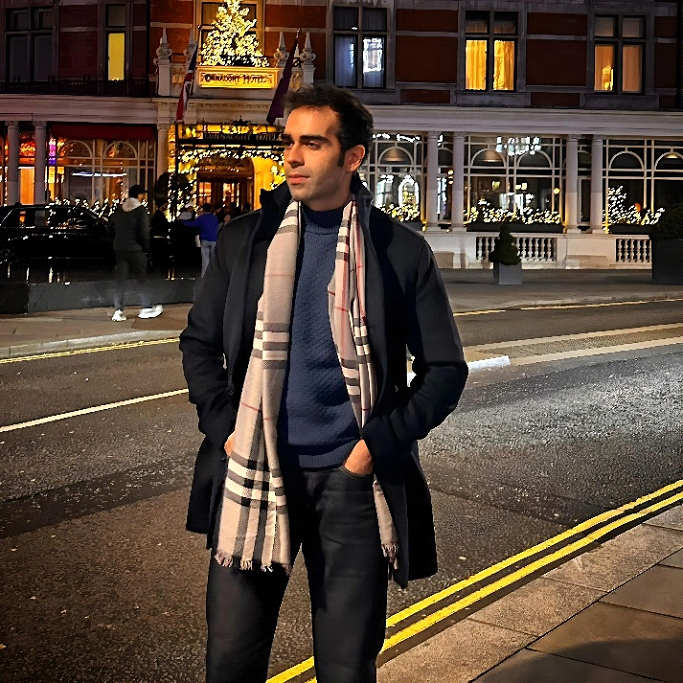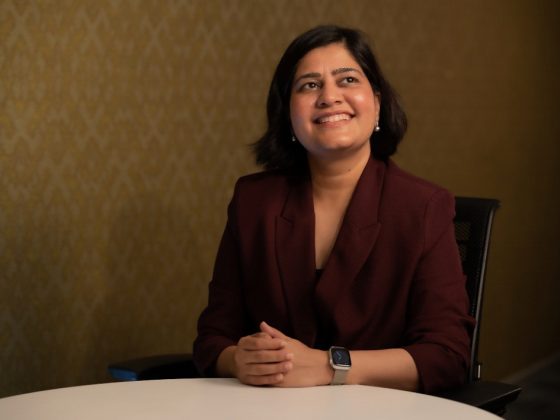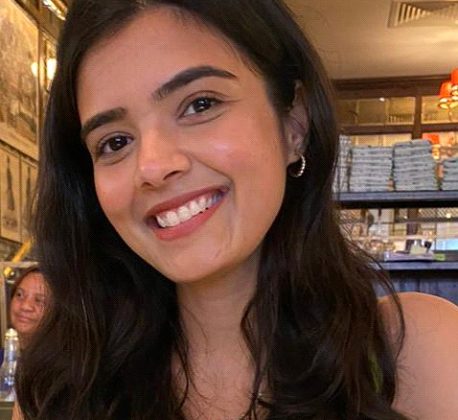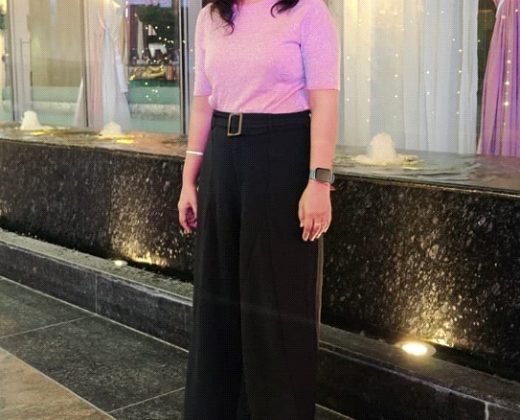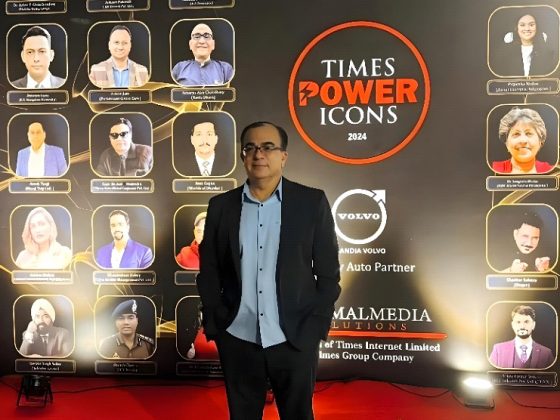From Data To Storytelling Akash Chopra’s Guide To Modern Creative Strategies
Q: What trends are shaping the future of creative communication in today’s digital landscape?
The future is shaped by several key trends that reflect changes in technology, user be haviour, and the demand for more authentic, immersive, and interactive experiences. Such as AI, Automation in creative content, Short form content(which is more snackable), a rise in audio with podcasts, Shoppable content, Authentic storytelling, sustainable practices, frequent content updates & more. People are now present at various touch points in the vast online sphere, and brands need to cater to signals across those touch points to cater to the user journey. That’s what will lead to conversion and superior customer experience.
Q. How do you align creative strategies with business objectives for your clients?
Aligning creative strategy with business ob jectives is essential for delivering results that engage audiences and drive measurable busi ness growth. The client either comes to us with a problem or a business objective and we, as experts in the field, need to solve these tacti cally and put in place more enormous ideas to break or go with the clutter. Developing customer-centric insights, aligning strate gies creatively across the different stages of the marketing funnel, analysing data, devel oping insights strongly to craft our storytell ing approach, and setting business-centric matrices will help us achieve our long-term goals. Always think long-term; your ideas could be short-term to reach that milestone. the digital space keeps evolving, so we need to keep experimenting with the latest trends.
Q. What role does data play in developing communication campaigns, and how do you leverage it?
It helps measure and optimise creative strat egies to ensure they are visually appealing and effectively achieve business objectives. It helps us track KPIs and identify the right metrics to measure the success of the crea tive strategy (e.g., conversion rate, engage ment rate, lead generation, brand sentiment). Also, it helps us tailor creative messaging to different business channels. Today, there are many cohorts in terms of varying consum er segmentation; data also helps us curate different messages and content that each would want to see to achieve brand results.
Q. What are some examples of suc cessful campaigns that showcase your agency’s unique approach?
We have done various campaigns across industries, but to name a few, Boats I am a bolthead campaign, kimirica’s Kiara launch, Mama Earth Brand World, and Saffola’s multi-brand unification as one um brella. Lakme’s 12 shades of success have been some critical game-changers for us.
Q. How has the rise of digital platforms impacted traditional communication methods?
Digital platforms have reshaped conventional communication methods, shifting from one way mass communication to interactive, re al-time, and highly personalised messaging. While traditional media still holds value, espe cially for broad awareness campaigns, digital communication has taken centre stage, offer ing more flexibility, data-driven insights, and opportunities for engagement that traditional methods cannot match. Brands and busi nesses that adapt to these changes are better equipped to navigate the modern communica tion landscape. Digital media helps with target ing consumers more closely and further inter acting with them on a more one-on-one basis.
Q. What is your approach to nurturing client relationships while maintaining creative integrity?
Client is everything, but before that, we need to help them achieve their business goals correct ly. We need to work with them as partners rather than service providers. Think of their successes on your own, which is true. Be responsive, de liver on time, work closely with them to under stand the brief, and ensure that your team de livers what is required. Do not hesitate to reject work internally if you are unfamiliar with your client’s needs. Always try to give suggestions and sell more to help them achieve their busi ness goals. Rule: Deliver the right thing, upsell after we deliver what is asked for, or suggest more if it’s highly effective for their business.
Q. How do you measure the success of your campaigns?
Every campaign has different success met rics. It depends on the goal to be achieved. For example, We are asked to help create rel evance for almonds as a potent ingredient for hair in hair oils for hair health. We could give ideas regarding seeding with non-branded content, third-party AdWords, review genera tion, etc. If the search volumes for that go high in that targeted region, you’ve achieved your goal. Eventually, you aim to take your custom ers to your brand page and drive purchases. What innovations or technologies are you excited about for the future of creative communication? I’m still waiting for what AI offers and how it will evolve. It’s an exciting space, especially for generating images and videos. It still needs to improve precision and quality; let’s see how it’ll help make it more ideal based on what we need.
Q. How do you manage collaboration between creative and business teams? Do you want me to let my secrets out?
It’s art. Once you feel like you are a part of the creative team, you will always need collaboration. Spend time with them; knowing their creative chal lenges will help you manage your clients better.
Q. Can you discuss the importance of branding in today’s competitive market and how your agency helps clients build strong brands?
In today’s competitive market, a strong brand is one of the most powerful tools a business can have. It differentiates the business, fos ters loyalty, drives customer engagement, and creates long-term value. By partnering with an agency, clients can build and maintain a brand that looks great and drives business success. Agencies bring expertise in research, strat egy, design, messaging, and execution, ensur ing that every aspect of the brand is carefully crafted and aligned with the client’s goals.
Q. What are the key challenges agencies face in a fast-changing digital world, and how do you overcome them?
Agencies in the fast-changing digital world face challenges driven by technological ad vancements, shifting consumer behaviours, and the increasing demand for personalised and agile strategies. Overcoming these chal lenges requires adaptability, innovation, and a deep understanding of client needs and indus try trends. Agencies must be nimble and have a sufficient workforce to overcome challenges. Collaboration and transparency are essen tial, and communication needs to be strong.

